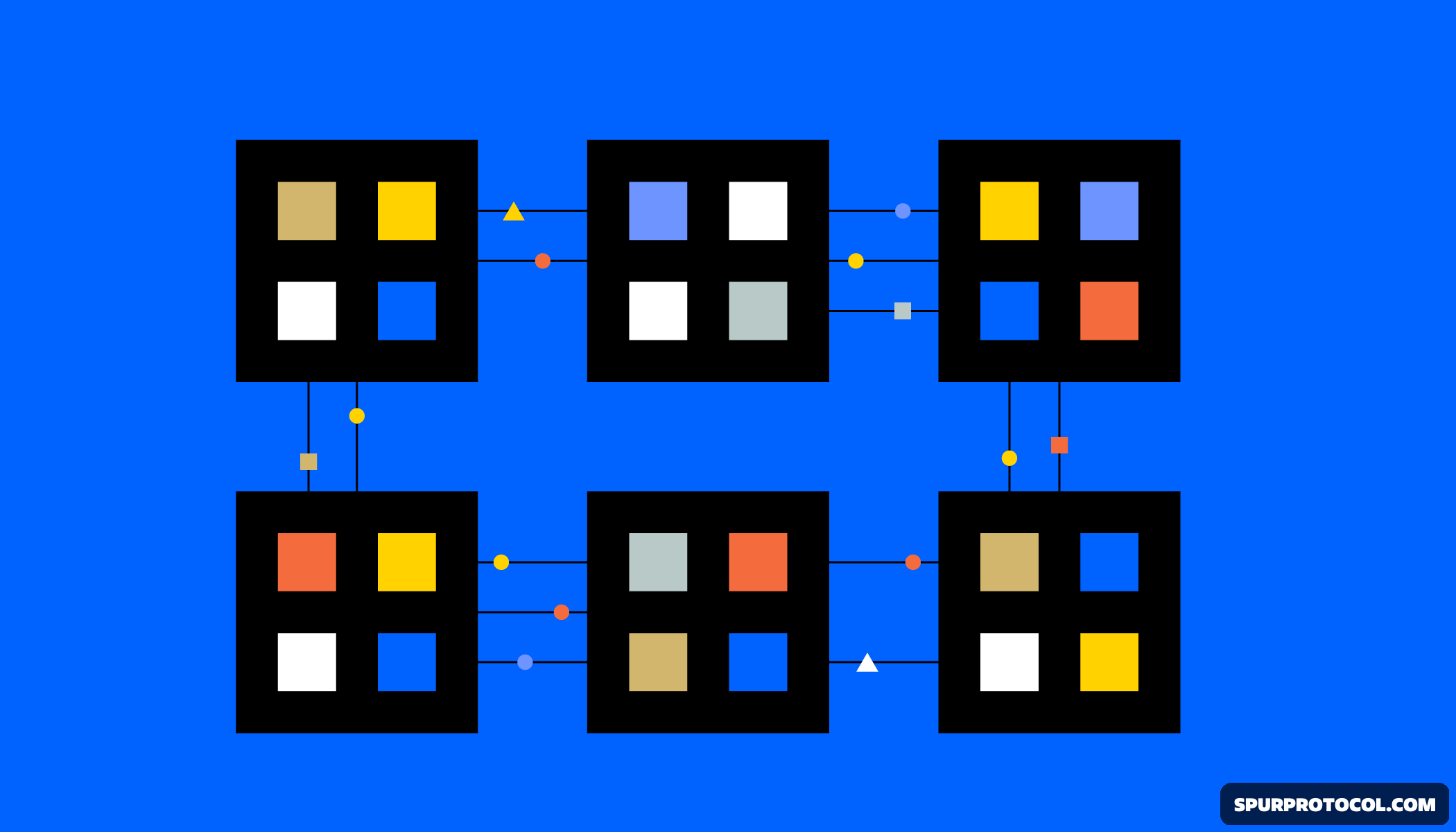Understanding how decentralization powers blockchain and cryptocurrencies.
1. What is Decentralization?
Decentralization refers to a system where control and decision-making are distributed among multiple participants, rather than being concentrated in a single entity. In the context of blockchain and cryptocurrencies:
- Blockchain Networks: Decentralization ensures that no single entity controls the ledger or dictates its rules.
- Cryptocurrencies: Bitcoin, Ethereum, and similar assets operate on decentralized systems where transactions are validated by participants (nodes) globally.
This architecture contrasts sharply with centralized systems like traditional banks or tech platforms, where decisions and operations rely on a central authority.
2. Benefits of Decentralization
Transparency
Blockchain records are publicly accessible and immutable. This fosters trust among users, as all transactions are visible and verifiable.
Security
Decentralized systems are resistant to single points of failure. Since data is distributed across multiple nodes, it’s challenging for attackers to compromise the network.
Censorship Resistance
Decentralized networks operate without gatekeepers. This makes them immune to censorship by governments or organizations.
Empowerment
Users retain full control of their assets and data, reducing reliance on intermediaries like banks or payment processors.
3. Decentralization in Cryptocurrencies
Cryptocurrencies leverage decentralization in unique ways:
- Bitcoin: Operates on a proof-of-work system, with miners worldwide validating transactions and securing the network.
- Ethereum: Enables decentralized applications (dApps) and smart contracts, fostering innovation across industries.
- Other Projects: Many blockchain projects emphasize decentralization to ensure fairness, accessibility, and security.
4. Challenges to Decentralization
Despite its advantages, decentralization is not without challenges:
- Scalability: Decentralized networks often face slower transaction speeds and higher fees compared to centralized systems.
- Complexity: Operating in a decentralized ecosystem requires technical knowledge, which can be a barrier to adoption.
- Regulatory Uncertainty: Governments may struggle to regulate decentralized networks, leading to potential legal conflicts.
5. The Future of Decentralization
As blockchain technology evolves, new solutions aim to enhance decentralization while addressing its challenges. Innovations like Layer 2 solutions, sharding, and decentralized autonomous organizations (DAOs) promise to expand the potential of decentralized systems.
Decentralization is also finding applications beyond cryptocurrency, including:
- Decentralized Finance (DeFi): Eliminating intermediaries in lending, trading, and investing.
- Supply Chain: Improving transparency and efficiency by tracking goods on decentralized ledgers.
- Identity Management: Giving individuals control over their personal data.
Conclusion
Decentralization lies at the heart of blockchain and cryptocurrency, enabling trustless, transparent, and secure systems. While challenges remain, the ongoing evolution of decentralized technology holds immense promise for reshaping industries and empowering individuals worldwide.
